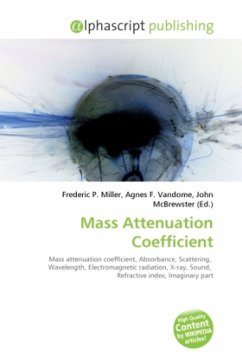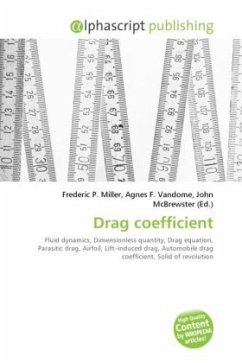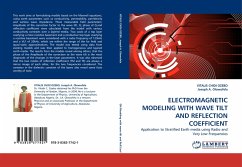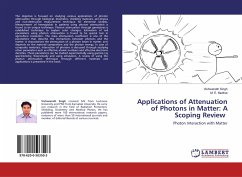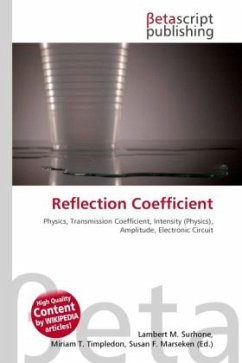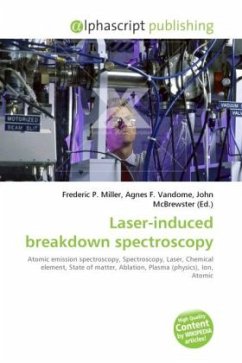The mass attenuation coefficient is a measurement of how strongly a chemical species or substance absorbs or scatters light at a given wavelength, per unit mass. In addition to light, mass attenuation coefficients can be defined for other electromagnetic radiation, sound, or any other beam that attenuates.The mass attenuation coefficient is also called mass absorption coefficient or mass extinction coefficient. Although all three terms are usually used interchangeably, they can occasionally have a subtle distinction, as explained below.The mass extinction coefficient should not be confused with the different definition of "extinction coefficient" used more commonly in physics, namely the imaginary part of the complex index of refraction. In fact, they have a straightforward but nontrivial relationship; see Mathematical descriptions of opacity.
Bitte wählen Sie Ihr Anliegen aus.
Rechnungen
Retourenschein anfordern
Bestellstatus
Storno

